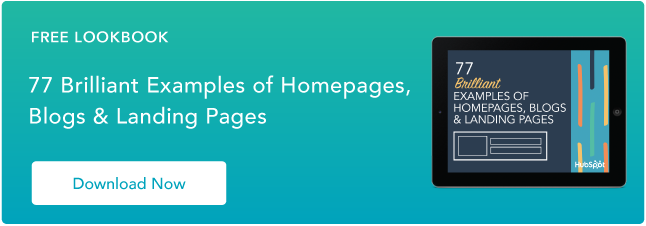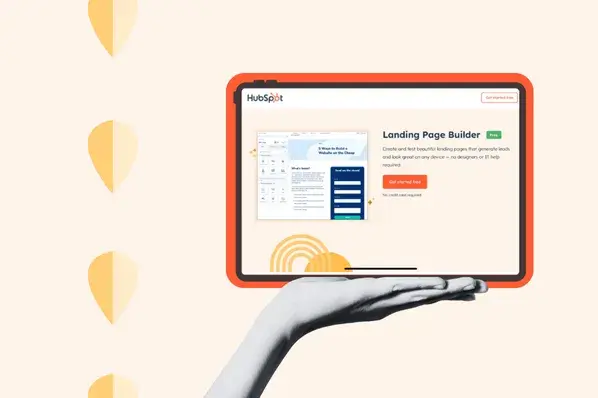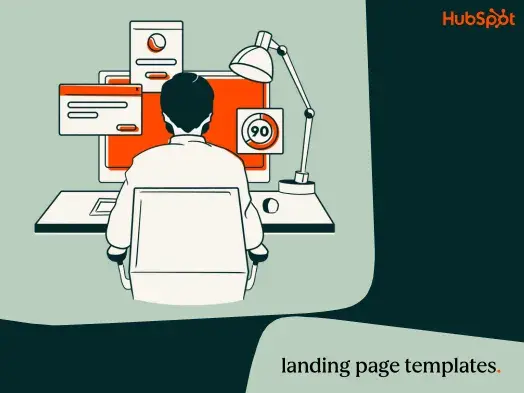What is a sales page?
A sales page is a web page that highlights your product’s or service’s benefits and features and attempts to persuade your audience to convert into customers.
To help you craft a sales page that generates revenue, we’ll analyze one of the content marketing industry’s best copywriters' sales pages on his website VeryGoodCopy. His name is Eddie Shleyner, and he’s written conversion copy for some big-time brands, like The North Face, GEICO, and Swatch.
How to Craft a Sales Page That Leads to Revenue
1. Lead with a universal benefit that your target audience desires.
There’s a copywriting adage that goes “features tell and benefits sell”, and it’s an advertising truism that’ll stand the test of time. Since features only appeal to the logical part of your brain, they don't drive action nearly as well as appealing to the emotional part of your brain does.
So while a list of features tells your target audience what your product or service does, it doesn’t specify how your solution will improve their lives. On the other hand, highlighting your product or service’s benefits can help your audience visualize a better future -- one that includes your solution in their lives.
For instance, at the top of Eddie’s sales page, notice how he leads with the benefit of growing your business instead of telling you he can write articles that get found, read, and shared. By structuring his heading and subheading this way, he can instantly pique his target audience’s interest with an opportunity to achieve a high aspiration (growing their business) and a path towards success (investing in his articles).
2. Describe exactly how your product or service can help your target audience attain the universal benefit.
Once you pique your target audience’s interest by offering them the chance to realize one of their main goals, you need to explain how your product or service’s features can actually achieve them. Promising your target audience something of value gets them in the door, but laying out how your solution will provide it ultimately keeps them interested.
For example, in the next section of Eddie’s sales page, notice how he describes what articles can do for your business and backs his claims with data. This bolsters his service’s credibility and makes his initial promise more believable.
3. Relate to your target audience’s most pressing pain points and frame your product or service as the solution.
Empathy is one of the most powerful tools in a marketer’s arsenal. If you can truly relate to your target audience, they’ll appreciate that you actually understand them, that their feelings are valid, and that they’re not alone.
Feeling heard is a psychological need, so once you confirm your audience's pain, you can offer them your solution. However, if you jump right into how you can solve their problems without acknowledging their pain, your solution won’t register with them. Because if you don’t confirm their pain, they’ll stay fixated on it.
For instance, in the middle of Eddie’s sales page, he does a terrific job of empathizing with his target audience by steering right into their pain of writing compelling articles. Only then does he offer his expertise to alleviate their pain points. He even provides examples of his work to prove that he can get the job done.
4. Leverage customer testimonials as social proof for your product’s or service’s quality.
After offering a solution to your target audience, consider proving your product’s or service’s quality by segueing into some customer testimonials. Humans evolved to follow the crowd and assume the majority is always right, so the more testimonials you have, the more reliable your solution will seem.
For example, towards the end of Eddie’s sales page, notice how he includes a raving testimonial about his work at HubSpot and a link to more of his customer testimonials. It provides the social proof necessary to convince his audience that he's a credible copywriter.
5. Prompt your target audience to take action.
Ending your sales page with a clear next step is crucial for persuading your target audience to take your desired action -- it packs an emotional punch and crystalizes the desired action in their minds.
For instance, at the end of Eddie’s sales page, notice how he asks his target audience a question related to his service, suggests that they work together, and writes a uniquely polite call-to-action.
He also leverages the scarcity principle, a psychological tenant that states people value objects and experiences that are rare, by including a snippet of how he gets booked quickly, ramping up his audience’s sense of urgency to do business with him.
.png?width=112&height=112&name=Image%20Hackathon%20%E2%80%93%20Vertical%20(50).png)









![Why You Need to Create More Landing Pages [Data + Tips]](https://53.fs1.hubspotusercontent-na1.net/hubfs/53/create%20more%20landing%20pages.png)
.png)

